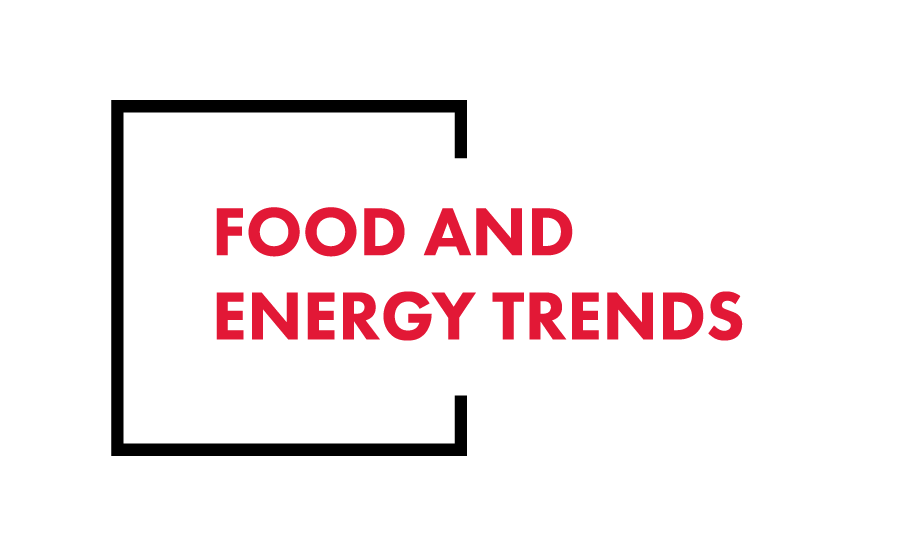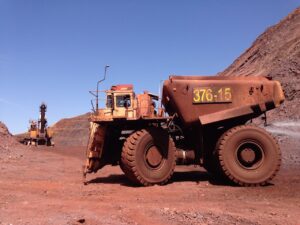Republic Services, a waste management company, recently acquired its first anaerobic digestion facility in Oroville, California. This will allow it to offset more methane emissions by digesting food waste and other organic materials through the digester. The investment expanded Republic Services’ organics recycling program after it recycled 1 million tons of food and yard waste in 2022.
California requires food waste diversion, and even offers subsidies to farmers that host anaerobic digesters for livestock manure. Using the digester, Republic Services will generate biogas to fuel its fleet of waste haulers and power the facility itself. The company’s current system is fully circular, generating enough fuel from its waste to energy operations to achieve its energy needs.
Offsetting emissions from organic waste is important to battling climate change. Food waste and agriculture primarily emit methane, a greenhouse gas estimated to have 20-80 times more warming potential than carbon dioxide, though it remains in the atmosphere for a shorter period of time. A host of programs around the U.S. are incentivizing businesses and localities to take up organic waste diversion programs. According to the U.S. Environmental Protection Agency (EPA), anaerobic digesters can reduce relative methane emissions by 50%, outpacing composting by 5%.
Anaerobic digestion works in an oxygen-free environment that allows for bacteria to swiftly break down organic waste. The past few years have seen an uptick in investment into anaerobic digestion facilities, taking advantage of subsidies and the promotional potential of fully circular energy systems.
However, some criticize anaerobic digestion as a solution to the methane problem, claiming that its energy generation capacity incentivizes increasing demand for waste to put into the system. Still, there is significant political support for using anaerobic digesters to reduce methane emissions.
Around the U.S., investments into anaerobic digesters are increasing. Last year, Massachusetts banned food waste going into incinerators or landfills, leading more businesses to rely on anaerobic digestion facilities. In 2021, BioEnergy Devco opened the state’s largest anaerobic digester in Jessup, Maryland.
The system can recycle 110,000 tons of organic material annually, generating natural gas and creating a soil amendment to improve soil conditions for agricultural output. The war in Ukraine caused energy and fertilizer prices to spike, pushing consumers to be more open to innovative ways to secure energy supplies and curb food prices.
Anaerobic digestion of organic waste is appealing to businesses and consumers alike, as a way to help in the fight against climate change, and to domestically provide energy and nutrients for soil.














